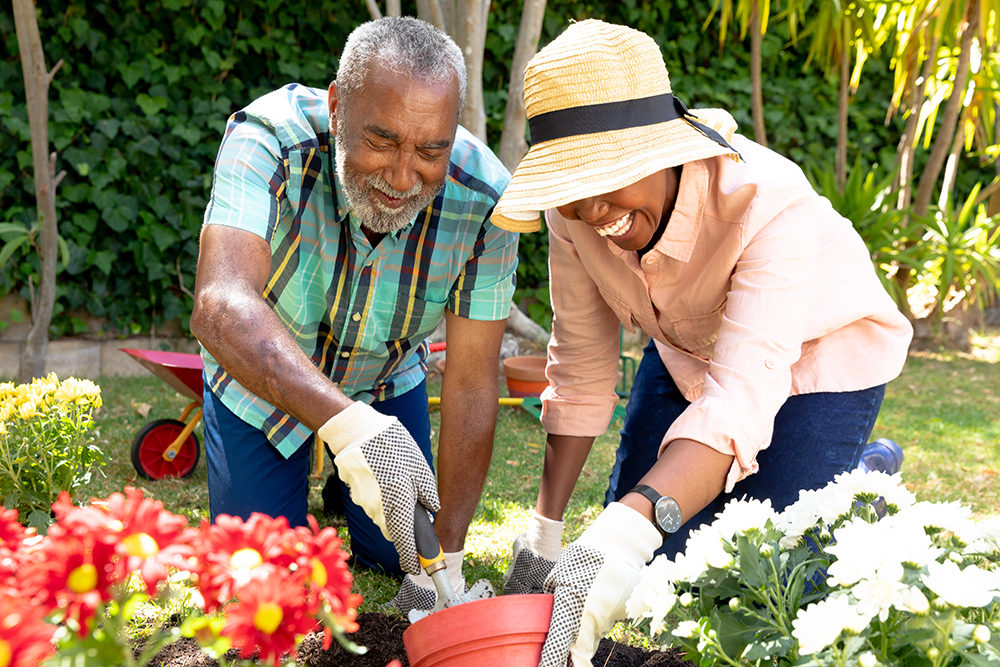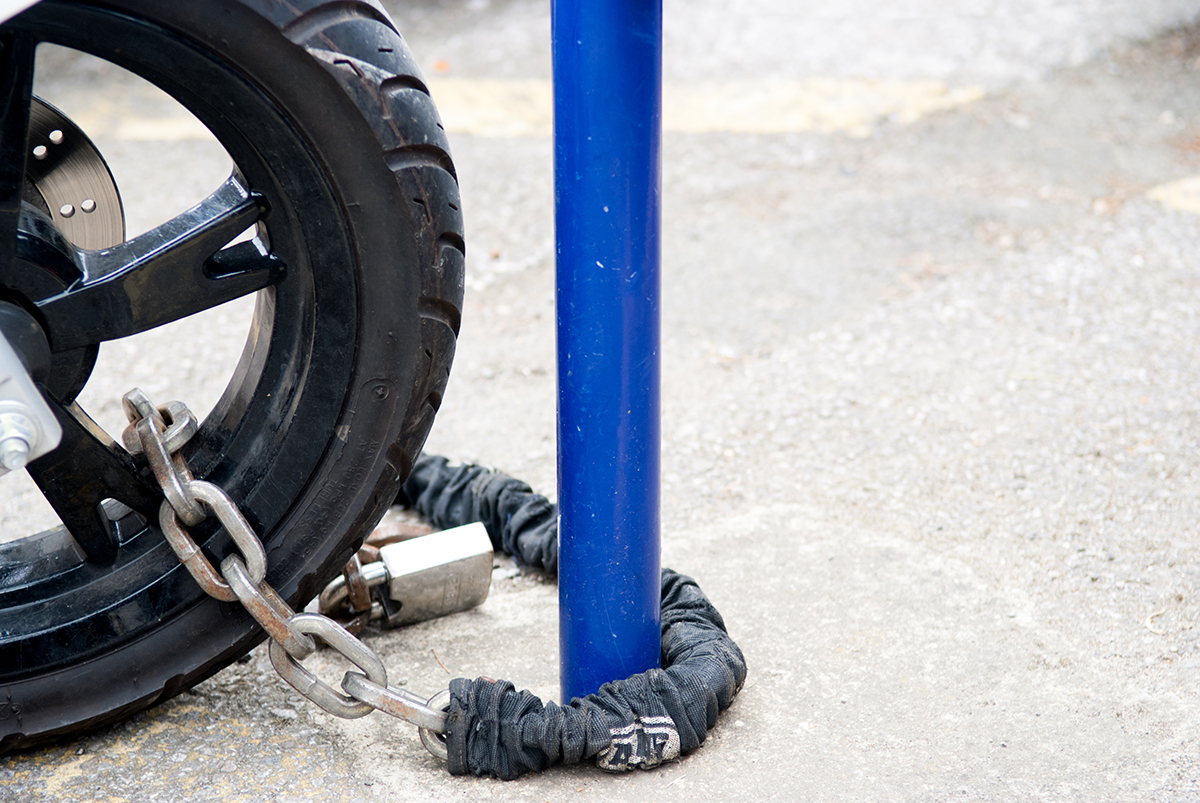The famous English poet Alfred Austin once said, “To nurture a garden is to feed not just the body, but the soul.”
And as it turns out, he was onto something. Scientific research on the benefits of gardening is largely in agreement with Austin.
In fact, a 2017 meta-analysis found that gardening can help reduce depression, anxiety, and body mass index, and can also improve a sense of community, life satisfaction, and even quality of life.
But given the types of tools and activities this soothing hobby requires, it also comes with its fair share of safety risks.
That’s why we put together this list of eight essential gardening safety tips for people of all ages. By the end of this article, you’ll have all the knowledge you need to grow your green thumb safely.
1. Stretch & Prepare Your Body
From the outside, gardening may not sound like an intense activity.
But with all the bending, kneeling, digging, and hauling supplies, it can be pretty taxing — especially for seniors.
To help reduce the risk of cramps, strains, and overuse injuries, make sure to warm up before you start gardening.
Stretching your hands, hips, and legs will go a long way toward keeping your body limber and resistant to injury.
2. Get the Right Tools & Equipment for the Job
Having the right gardening tools and equipment can not only make your work easier, but it can also protect your body.
Before you start working on your green thumb, make sure you have all the protective equipment and gardening tools you’ll need for the job.
Gloves, knee pads, sunscreen, a hat, and well-made instruments for raking, digging, and other activities will ensure you have a fun and safe gardening experience.
For seniors, tools with long handles can come in handy for reducing the need to kneel and bend down, saving their joints a lot of unnecessary stress.
3. Time Your Gardening Wisely
High temperatures and humidity can increase the risk of dehydration, heat exhaustion, and heatstroke.
That’s why it’s important to avoid gardening during the hottest part of the day — especially during the summer months.
Reserving your gardening time for the mornings and evenings will help you stay cool and reduce the risk of sunburns and overexposure.
4. The More Accessible, the Better
This gardening safety tip is all about arranging your garden with convenience in mind.
If you have low beds and wide plots, you’ll have to do a lot more bending down and reaching over to get the job done.
Building narrower plots and raised beds will save you a lot of time and effort in the long run. When it comes to gardening, easy access is the name of the game!
5. Stop & Smell the Roses
Like with any outdoor activity, you should incorporate regular breaks throughout your gardening sessions.
They can be once every thirty minutes, once an hour, or — if you’re a seasoned gardener — even farther apart. Just make sure to space them out appropriately based on your own physical and mental limits.
Even if you don’t feel like you need one, it’s always good to rest, grab some water, have a snack, and take a few minutes to recharge.
It’s a great way to stave off dehydration, take care of your body, and step back to appreciate all your hard work!
6. Out With the Wheelbarrow, In With a Wagon
This gardening safety tip is more suited for toddlers, seniors, or those with limited mobility.
If you find a wheelbarrow is too difficult to lug around the garden, try replacing it with a wagon.
Using a four-wheeled wagon with sturdy tires can make transporting pots, tools, and supplies much easier — saving you a lot of energy and hassle.
7. Make Sure Pathways Are Even, Slip-Free, & Clear of Clutter
Uneven ground and slippery or cluttered pathways can dramatically increase the risk of falls.
To prevent injury, do your best to maintain clearly defined, flat walkways throughout your garden.
It’s always better to be safe than sorry, so you may want to do a precautionary check for obstacles and slippery surfaces before every gardening session.
8. Have a Plan in Case of Emergency
No matter how careful we may be, gardening accidents can lead to falls, cuts, and lacerations that can quickly become serious.
Before you get started, always make sure you have first-aid equipment handy and an emergency plan in place.
When it comes to response times and ease of use, no other emergency alert system can hold a candle to the Rescu app.
With just two taps on your smartphone, you can immediately dispatch first responders to your exact location anywhere in the US — without saying a word.
Rescu prompts you to pre-register your relevant personal and medical information so it can notify emergency personnel as soon as you send an alert.
That way, your first response team will know who they’re helping and how best to help them.
After you’ve sent an alert, you can provide your Rescu dispatcher with more information about your situation by selecting the call option or using the built-in two-way text chat feature.
Whether you need the fire department, the police, or an ambulance, Rescu sends help first and asks questions later, making it the fastest way to get help in an emergency.
Before you step out into your beautiful little slice of nature, add the Rescu app to your emergency plan so you can garden with confidence and peace of mind.
Click or tap below to download today!





